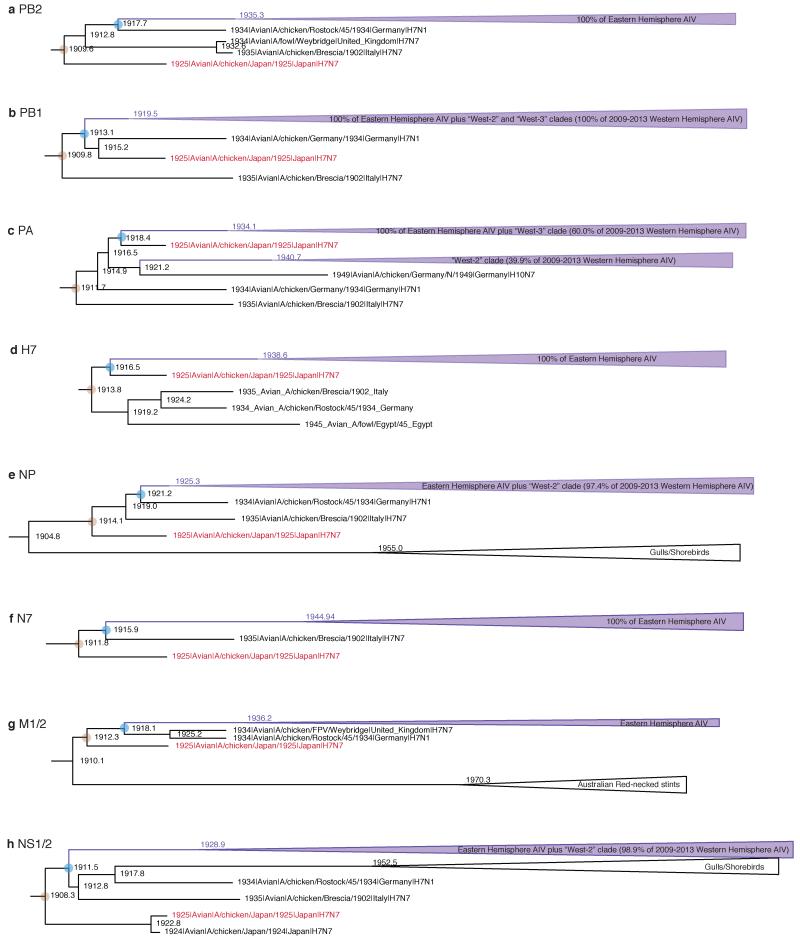Extended Data Figure 8. Phylogenetic evidence of AIV gene flow from domestic to wild birds.
a-h, Subtrees highlighting the observation that most of the post-1940s genetic diversity within Eastern Hemisphere AIV (as well as several West-2 and West-3 lineages in the Western Hemisphere) descends from within the clade of 1920s/30s ‘fowl plague’ (HPAI) and 1940s low pathogenicity avian influenza (LPAI) avian influenza viruses from domestic birds. The major Eastern Hemisphere avian clades are collapsed for clarity and depicted as purple triangles. The brown circle depicts the MRCA of the 1920s/30s sequences from domestic birds. The blue circle represents the MRCA of the major Eastern Hemisphere AIV clade and the closest 1920s/30s virus for each gene. The A/chicken/Japan/1925 HPAI strain, which was newly sequenced for this study, is highlighted in red. These results are subtrees taken from an analysis of the Fig. 2 data set, but with the addition of the three newly-sequenced complete genomes (A/chicken/Japan/1925, A/duck/Manitoba/1953, and A/equine/Detroit/3/1964), as well as several additional South American PB1 sequences, and using an SRD06 substitution model (full trees available from http://dx.doi.org/10.5061/dryad.m04j9).

